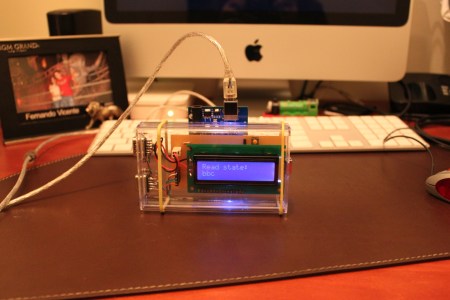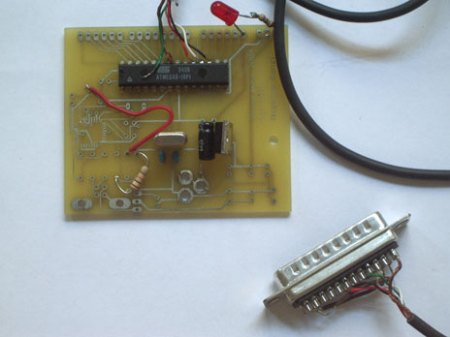Although Todd Harrison could be one of many of our readers (and most of our writers), it was nice to see one of “us” featured in [EEWeb]. [HAD] has featured him before in posts such as this recent one about replacing solder tab batteries.
What may be interesting to many is that soon after [Todd] graduated he took a job as a computer programmer, but like many other part-time makers, he still had the need to physically create and modify things. This article goes over some of his preferred tools, as well as some of the various projects that he’s done or is working on now.
In the article, [Todd] goes over what he sees as the biggest challenges to inspiring new generations of engineers. One of these is that circuitry is increasingly locked down and are not easily tinkered with. Without exploring how things work, his view is that fewer will be inspired to go into engineering. Although there is certainly some validity to his point, as some doors close, others hopefully will open. The accessible learning environment of the Internet, open source resources, and many maker-friendly materials like the Arduino should help to fill in the gaps.
For more information, [Todd] also has his own blog, Toddfun.com, which features his projects.


















